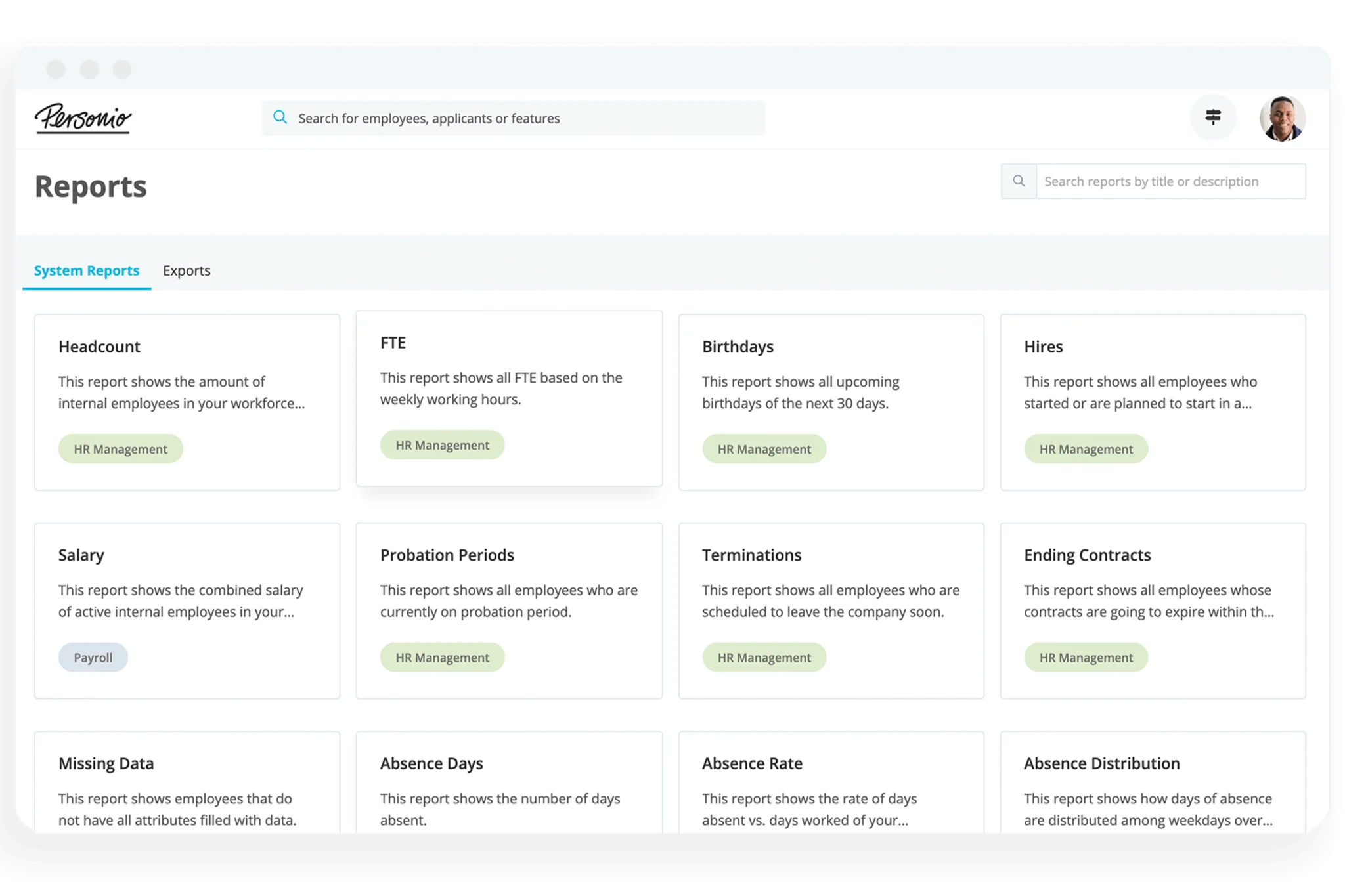
Download Our Free Guide
Everything you could possibly need to know about corporate culture.
Download It TodayFlexible Benefits: Comprehensive Guide for Modern Workplaces

In an age where employee-centric approaches define the most successful businesses, understanding the role flexible benefits can play is crucial.
In this article, we will explore the importance of flexible benefits, highlight their significance in the modern workplace and offer how you can integrate them into your organisation.
Key Facts:
Flexible benefits represent a shift from standard perks to personalised options, tailored to an employee’s individual needs.
Implementing flexible benefits comes with its own set of challenges, from administrative complexity to communication barriers and legal considerations.
Regular feedback, reviews and adaptability ensure that the benefits package remains relevant and meets evolving employee expectations.
Contents
What are flexible benefits?
Flexible benefits form part of a personalised employee benefits scheme. Rather than the traditional one-size-fits-all approach, employees have the freedom to choose benefits that best cater to their individual needs.
However, the concept of flexible benefits wasn't born overnight. As the corporate world evolved, so did the realisation that employees, with their unique needs and aspirations, required more tailored perks.
Today, in our ever-changing work environment, these benefits aren't just a "nice to have." They've become an essential cornerstone for employee satisfaction, bridging the gap between what organisations can offer and what employees expect.
How do flexible benefits work?
Leaving behind the one-size-fits-all approach means flexible benefits can vary from business to business. Although, one such approach is the 'salary sacrifice scheme' whereby employees willingly give up a portion of their salary in exchange for certain perks. This often comes with tax benefits, making it a win-win for both employees and employers.
But, like most benefits, there are complexities to consider, especially when it comes to tax and national insurance implications. Getting the balance right between benefitting the employee and the business requires both knowledge and expertise.
How to create a flexible benefits package
Designing a flexible benefits package requires time, ensuring it marries the needs of the employee with the goals of the organisation. It’s about recognising the diverse needs of your workforce and providing a range of options that cater to these varied requirements.
As a result, the list of potential benefits is vast. Consider cycle-to-work schemes, for instance. These not only promote health and well-being but also underscore a company's commitment to environmental sustainability. On the other hand, childcare vouchers showcase an organisation's understanding of the challenges faced by working parents, offering them meaningful support.
However, the real test of an organisation emerges when deciding between core benefits and optional add-ons. Core benefits lay down the essential foundation, ensuring every employee has access to critical benefits. These might include health insurance, pension contributions or even basic dental care. They represent the non-negotiables, the offerings that every employee expects as standard.
Optional add-ons, in contrast, are where personalisation truly shines. They allow employees to tailor their benefits package to their unique lifestyles and priorities. Whether it's gym memberships for the fitness enthusiast, professional development courses for the career-driven individual or enhanced parental leave for new parents, these add-ons provide the flexibility that makes the scheme truly valuable to the workforce.
The challenge lies in striking the right balance. Too many add-ons without strong core benefits might seem superficial, while a lack of optional benefits might be too rigid for some employees. It's about understanding, listening and adapting the package based on feedback, ensuring employee satisfaction is met.
Challenges and considerations with flexible benefits
While the appeal of flexible benefits is undeniable, implementing them is not without its hurdles. For Human Resources (HR) managers eager to integrate these into their organisations, it's vital to be aware of the potential challenges and how these can be navigated.
Administrative complexity: One of the primary challenges is the administrative burden of offering a bespoke benefits package to all staff. With a myriad of choices for each employee, managing this can be daunting. Investing in a robust HR software that can automate many of these processes will go a long way in easing this burden. Many of these platforms come with benefits management modules that streamline enrollment, tracking and adjustments based on each employee.
Communication barriers: Ensuring that every employee understands the benefits available, and how to select or modify them, can be a communications challenge. Consider hosting regular workshops, FAQ sessions and having easy-to-understand written guides at hand. If you have a large organisation, a dedicated helpline or chatbot for employees to address their queries in real-time is a great solution.
Issues of compliance: As flexible benefits often intertwine with financial aspects like tax and salary, they're also subject to various laws and regulations. Regularly liaise with the legal team to ensure that the benefits scheme is compliant with the latest protocols. It’s also worth staying updated with industry seminars and workshops that focus on the legalities of employee benefits.
Ensuring equity: While flexibility is the hallmark of such benefits, HR managers must ensure that the system is equitable and doesn't inadvertently favour a particular group. Regularly review and analyse the uptake of various benefits. If certain benefits are overwhelmingly chosen by a particular demographic, it might be time to revisit and ensure you're offering a balanced package for everyone.
Continuous evolution: The needs and preferences of employees will change over time, and the benefits package must evolve to remain relevant. Conduct annual or biannual surveys to gauge employee satisfaction with the current benefits and gather any feedback on potential new additions.
Financial implications: While some benefits might be hugely popular among employees, they might also strain the company's finances. Regular financial reviews are crucial to ensure that the benefits offered are sustainable and align with the company's financial health and long-term goals.
Future trends: The evolution of flexible benefits
As the work landscape continues to shift, with remote work and hybrid models becoming more prevalent, flexible benefits are adapting to cater to a globally dispersed workforce. The integration of artificial intelligence and data analytics is revolutionising the way benefits are crafted. Predictive analytics can now anticipate employee needs, offering benefits tailored to individual preferences even before they are explicitly expressed.
What’s more, the rise of digital health platforms, virtual team-building experiences and decentralised work tools are all becoming part of the flexible benefits conversation. Companies are also exploring eco-friendly benefits, such as carbon offset contributions, to align with global sustainability goals. As technology continues to advance, the future of flexible benefits promises to be even more dynamic, personalised and responsive to the global and individual challenges of the modern workforce.
Crafting a win-win flexible benefits strategy
As we navigate the dynamic landscape of modern workplaces, it's clear that putting employees first through schemes like flexible benefits has become instrumental in shaping organisational success. The idea of tailoring benefits to individual needs has evolved from a perk to a pivotal factor in fostering employee satisfaction and engagement. Just as flexible benefits address the diverse requirements of employees, streamlining and managing the data generated by these benefits is crucial for success.
Personio is a powerful tool that puts flexibility at the heart of your organisation. Just as flexible benefits cater to individual preferences, Personio streamlines data management by swiftly analysing and contextualising information into a digestible format. Its capacity to generate insightful reports provides a comprehensive view of your company's data landscape, offering valuable insights at a glance.
Frequently asked questions: Flexible benefits
How do flexible benefits differ from traditional benefits packages?
Traditional packages offer standardised benefits to all employees, while flexible benefits allow personalisation based on individual preferences.
What are the tax implications of salary sacrifice schemes?
Salary sacrifice schemes can lead to tax savings, but it's vital to consult with financial experts to understand specific implications.
How can HR software aid in the management of flexible benefits?
HR software streamlines administration, offers real-time tracking and provides valuable insights through analytics.
How do global events, like the rise of remote work, influence flexible benefits?
Such events redefine employee needs, leading to the evolution of benefits that cater to a diverse, often remote, workforce.

